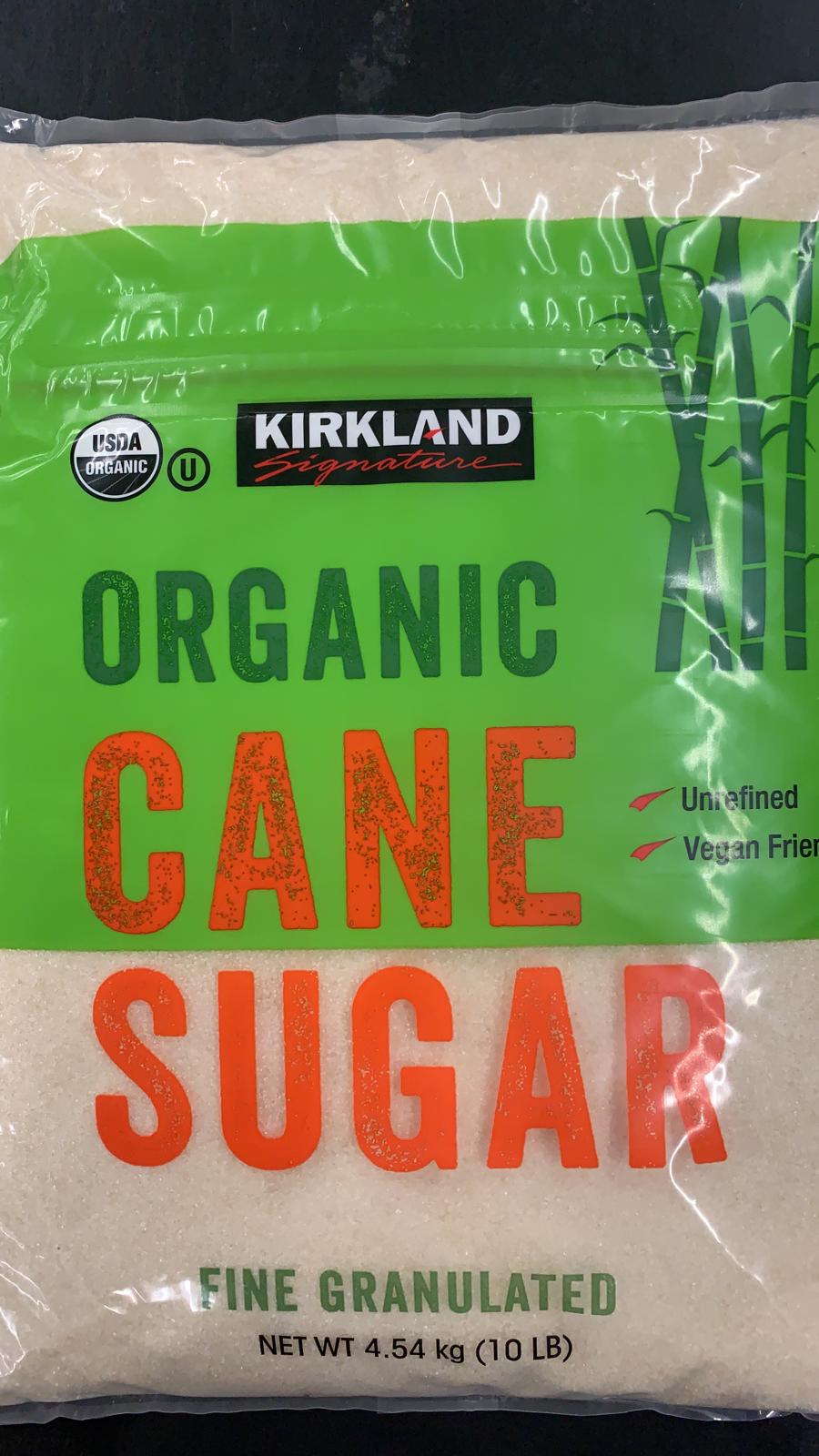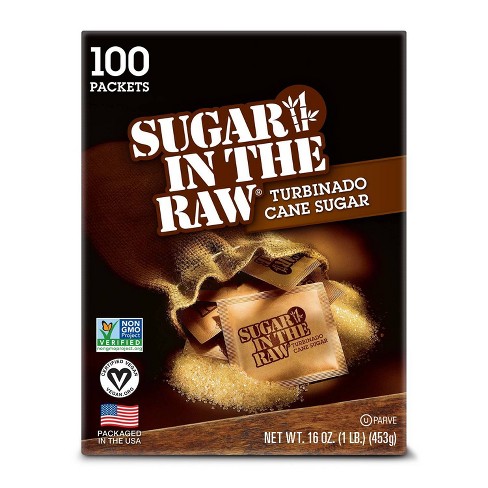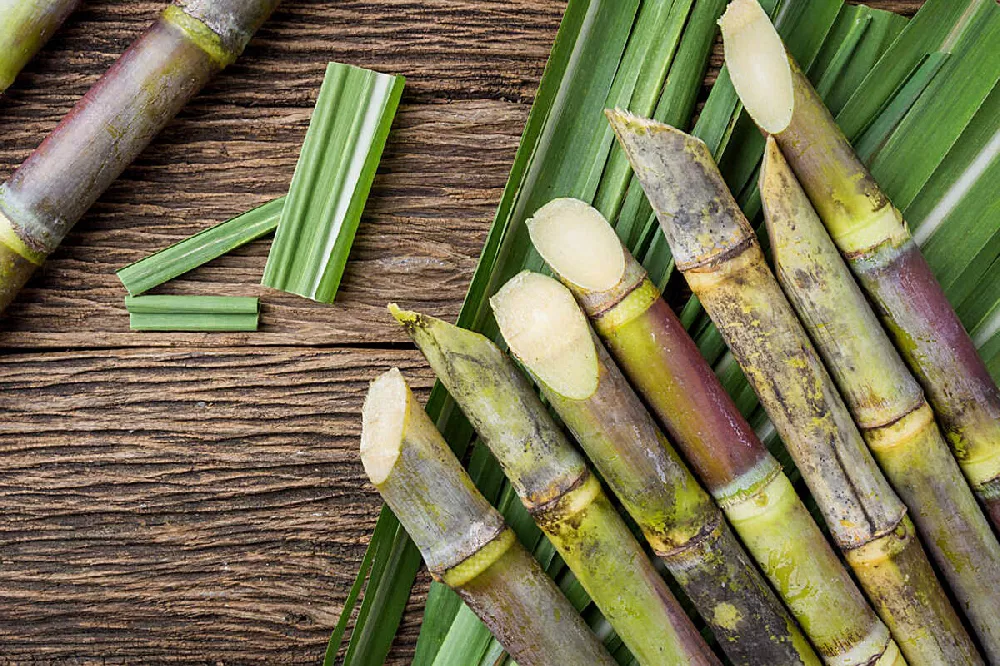Recognizing Cane Sugar Processing: A Comprehensive Review of the Stages
Recognizing Cane Sugar Processing: A Comprehensive Review of the Stages
Blog Article
Checking Out the Comprehensive Tips Involved in Cane Sugar Processing From Harvesting to Refinement
The procedure of walking stick sugar manufacturing includes a collection of intricate actions, beginning with the careful harvesting of sugarcane and culminating in the improvement stages that guarantee the end product fulfills industry requirements. Each stage, from the extraction of juice to the purification and condensation processes, plays a vital role in establishing the high quality and personality of the sugar. Comprehending these stages not just highlights the complexity of sugar manufacturing yet also raises crucial concerns about effectiveness, sustainability, and advancement in the market. What ramifications do these factors have for future methods?
Harvesting Sugarcane
Harvesting sugarcane is a crucial action in the cane sugar processing chain, as it directly affects the quality and return of the last item. Correct timing and techniques are necessary throughout this phase to make certain optimum sugar content and minimize losses. Usually, sugarcane is gathered when it reaches maturity, typically 12 to 18 months after growing, identified by a high sucrose concentration.

Post-harvest, the sugarcane must be refined swiftly to stop sucrose degradation. Preferably, gathered cane should be carried to processing facilities within 24 hours to preserve sugar top quality. For that reason, efficient logistical planning is important to maintain the integrity of the harvested plant throughout the supply chain.
Removal Process

The smashed walking cane goes through a collection of pressing operations to take full advantage of juice recuperation. Commonly, warm water is splashed onto the smashed cane, producing a countercurrent flow that helps liquify the sugar while additionally helping in the extraction process. The juice gathered from this procedure consists of not only sugar yet also various organic compounds and impurities.

To enhance removal effectiveness, some facilities might employ diffusion methods, where the sugarcane is taken in warm water, allowing the soluble sugars to diffuse right into the liquid. The resulting juice, rich in sucrose, is then directed to subsequent processing phases, laying the foundation for purification and improvement. The extraction process is hence essential in determining the top quality and return of the final sugar item.
Filtration Strategies
The purification techniques employed in walking stick sugar processing are crucial for transforming the raw juice right into a top quality sugar item. These techniques largely intend to eliminate contaminations, such as soil, plant products, and inorganic compounds, which can negatively influence the last product's taste and color.
This procedure entails adding lime and warmth to the raw juice, which helps with the coagulation of great post to read contaminations. Additionally, the usage of phosphoric acid can enhance the clarification procedure by additional binding impurities.
One more significant method is carbonatation, where co2 is presented to the cleared up juice. This response creates calcium carbonate, which records continuing to be pollutants and advertises their elimination.
Additionally, turned on carbon treatment might be related to adsorb any kind of remaining colorants and natural contaminations, making sure a more refined product. The combination of these methods efficiently prepares the sugar juice for subsequent action in the refining process, establishing the stage for the production of high-grade cane sugar.
Condensation Approaches
After the purification phase, the following critical action in cane sugar processing entails formation techniques, which play a crucial function in transforming the cleared up juice right into strong sugar. This process usually utilizes 2 main approaches: spontaneous formation and regulated crystallization.
In spontaneous formation, supersaturated sugar options are permitted to cool naturally, causing the formation of sugar crystals with time. This technique is simpler however might result in irregular crystal sizes and reduced purity degrees. On the other hand, controlled crystallization is a much more accurate technique where focus, seeding, and temperature representatives are diligently handled. This method enables the uniform development of sugar crystals and higher purity.
Throughout crystallization, the cleared up juice is concentrated through dissipation, raising its sugar content until it reaches supersaturation. As soon as this point is attained, either technique can facilitate the condensation process. Cane Sugar Processing. The resultant sugar crystals are after that divided from the remaining syrup via centrifugation
Ultimately, the choice of formation method influences the top quality, dimension, and pureness of the final sugar item, making this step necessary in the overall cane sugar processing procedure.
Improvement and Packaging
How can the pureness and top quality of walking stick sugar be better improved after crystallization? The refinement procedure plays an important function in achieving high-quality walking stick sugar.
Next, the sugar goes through a procedure called centrifugation, where it is spun at broadband to separate the purified sugar crystals from the remaining liquid. After centrifugation, the sugar is commonly further refined with a method called carbonization or phosphatation, which utilizes triggered carbon or phosphoric acid to remove color and off-flavors.
Once refined, the sugar is dried out to attain Get More Info the preferred dampness material, making sure that it continues to be secure during storage and transportation. The final action entails packaging the polished sugar in moisture-proof and closed containers to preserve its high quality and stop contamination. Cane Sugar Processing. Correct packaging not only expands life span yet also promotes simple handling and circulation, making certain that consumers receive sugar that satisfies the highest standards of pureness and high quality
Conclusion
The extensive actions associated with walking stick sugar handling, from the thorough harvesting of sugarcane to the detailed refinement and product packaging stages, emphasize the importance of each phase in making certain high-quality sugar manufacturing. Optimal harvesting techniques, reliable extraction techniques, and strenuous filtration procedures jointly add to the last product's pureness and stability. The condensation and subsequent product packaging methods even more enhance the honesty and shelf life of the sugar, highlighting the intricacy and precision intrinsic in this essential agricultural sector.
The procedure of walking cane sugar manufacturing incorporates a series of detailed steps, starting with the careful harvesting of sugarcane and finishing in the improvement stages that make sure the last product meets market standards. Preferably, harvested cane look at this site should be transferred to refining facilities within 24 hours to preserve sugar top quality.In spontaneous formation, supersaturated sugar solutions are permitted to cool normally, leading to the formation of sugar crystals over time - Cane Sugar Processing. The improvement process plays a crucial duty in achieving high-grade walking stick sugar.The comprehensive steps included in walking cane sugar processing, from the careful harvesting of sugarcane to the elaborate refinement and product packaging phases, emphasize the relevance of each phase in making certain high-grade sugar manufacturing
Report this page